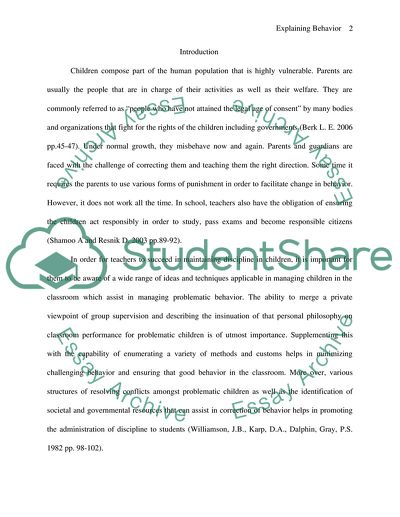Cite this document
(Problematic Behavior of Children Research Paper, n.d.)
Problematic Behavior of Children Research Paper. Retrieved from https://studentshare.org/education/1722046-explaining-behaviour
Problematic Behavior of Children Research Paper. Retrieved from https://studentshare.org/education/1722046-explaining-behaviour
(Problematic Behavior of Children Research Paper)
Problematic Behavior of Children Research Paper. https://studentshare.org/education/1722046-explaining-behaviour.
Problematic Behavior of Children Research Paper. https://studentshare.org/education/1722046-explaining-behaviour.
“Problematic Behavior of Children Research Paper”, n.d. https://studentshare.org/education/1722046-explaining-behaviour.


